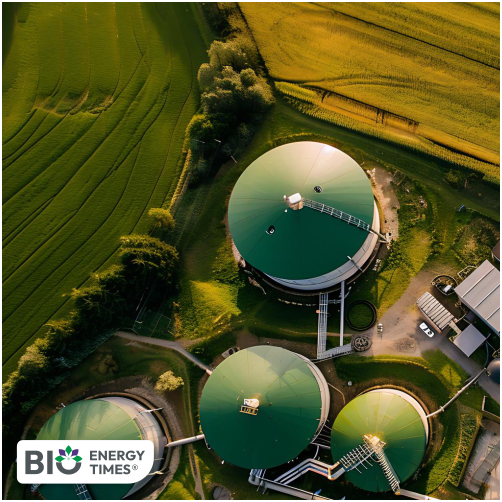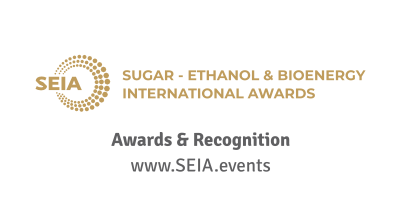Uganda is moving ahead with a national plan to shift toward cleaner energy while making sure all citizens have access to affordable and reliable power. The country’s goal is to stop using polluting fuels and reduce harmful emissions, with a target of reaching zero net emissions by 2065. By 2030, the government also wants every household in the country to have access to modern energy, reports The Observer.
The plan includes expanding solar and hydroelectric power, but also focuses on finding better energy options for daily needs like cooking and heating. Right now, around 90% of Uganda’s energy still comes from burning wood, charcoal, and other solid fuels.
With the population growing by about 3% each year and energy use rising 10% annually for the past 20 years, the demand for energy is increasing quickly. This makes it more urgent to find safe and cleaner options for both homes and businesses.
One of the key steps in this plan is encouraging the use of liquefied petroleum gas (LPG). LPG is a cleaner fuel that can help reduce smoke and pollution in homes. It’s seen as a good alternative to wood and charcoal, especially while the country works on building up its use of renewable energy.
Right now, only 5% of people in Uganda use LPG or electricity for cooking, and most of them live in cities. The government believes LPG has great potential—not just for home use, but also for industries such as farming, cement production, brewing, metal work, and even power generation.
Using LPG can help factories and businesses switch away from dirtier fuels like heavy oil, helping the country move toward a cleaner and more efficient energy system.
Uganda has its own gas reserves that can help meet this need. As of 2024, the country had about 178 billion cubic feet of gas. This gas will be collected during oil production and used to generate electricity, heat, and make LPG.
Two major projects, Kingfisher and Tilenga, are expected to produce 20,000 and 80,000 tonnes of LPG each year. Once oil production is fully underway, Uganda could have more than 200,000 tonnes of LPG available annually. At the moment, the country uses only about 40,000 tonnes each year.
Per person, this works out to just 0.58 kilograms of LPG each year. But with the government expecting usage to grow by about 9% every year, efforts are being made to make LPG easier to get and more affordable.
To do this, the government has lowered taxes and import fees on LPG so that prices can come down. This is expected to help more people, especially in towns and cities, switch from using wood or charcoal to LPG.
The government is also working with private companies to build more storage tanks, gas cylinder factories, refilling stations, and delivery services to make sure LPG is available across the country—including in remote areas.
Officials say the plan will not only help improve health and reduce pollution, but also support businesses and create jobs. “This is about building a better future for all Ugandans,” one official said. “We want to make sure everyone can benefit from cleaner energy—whether they live in a big city or a small village.”
The government believes that LPG will play a big part in helping Uganda reach its long-term energy and environmental goals.














